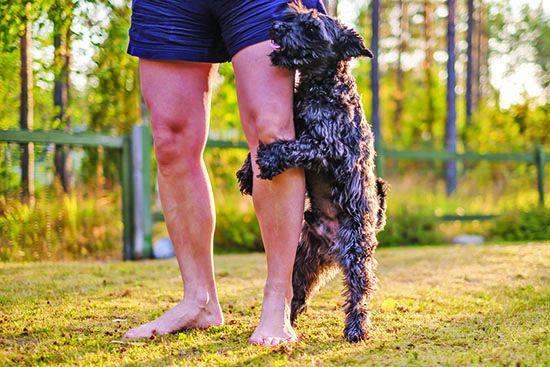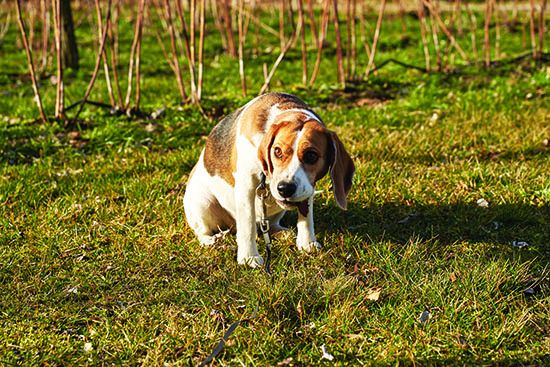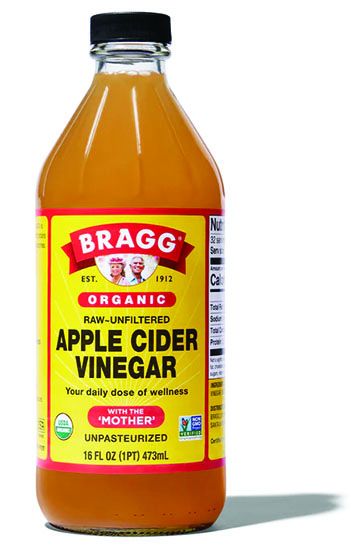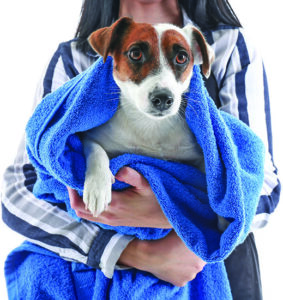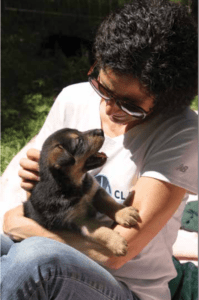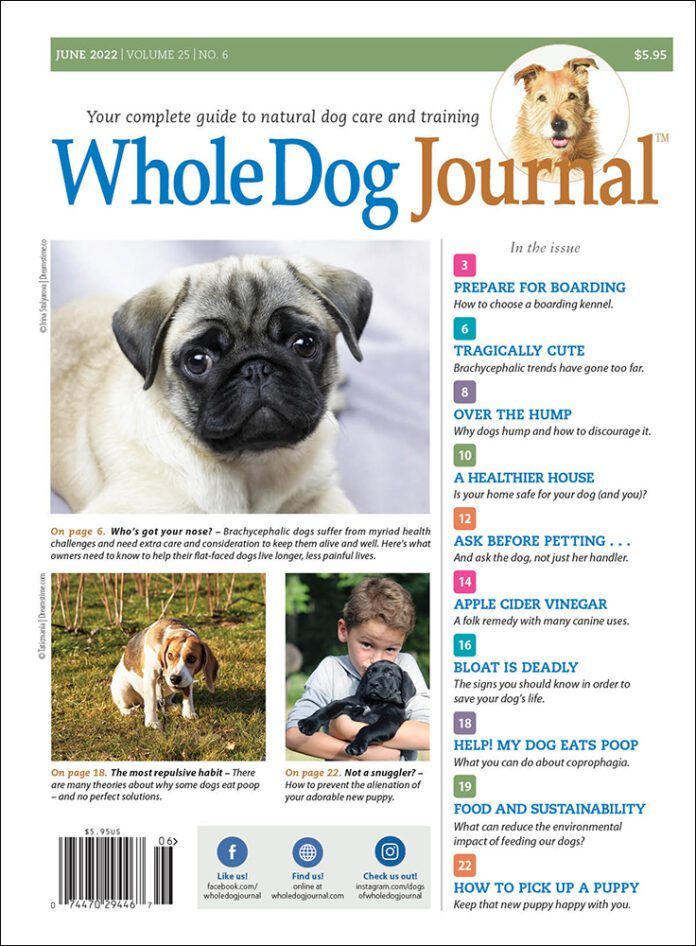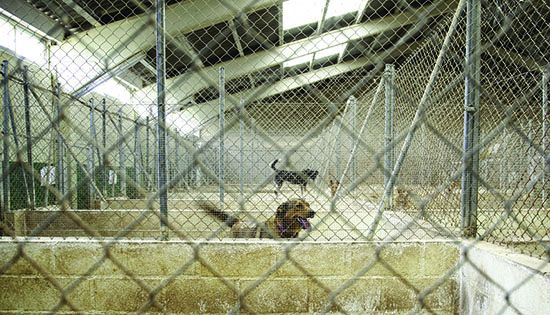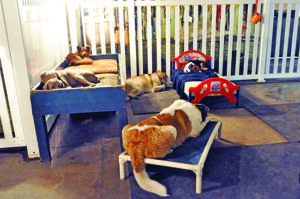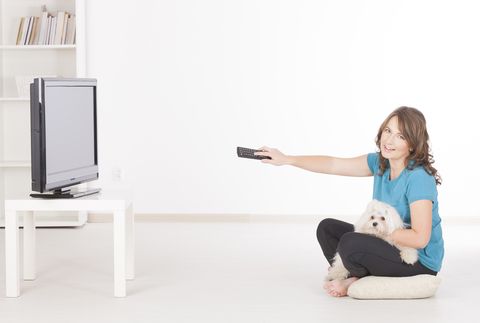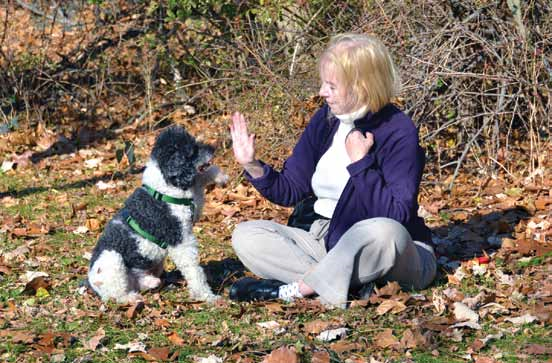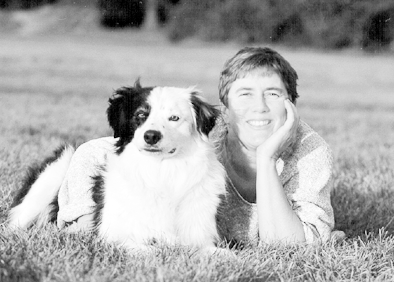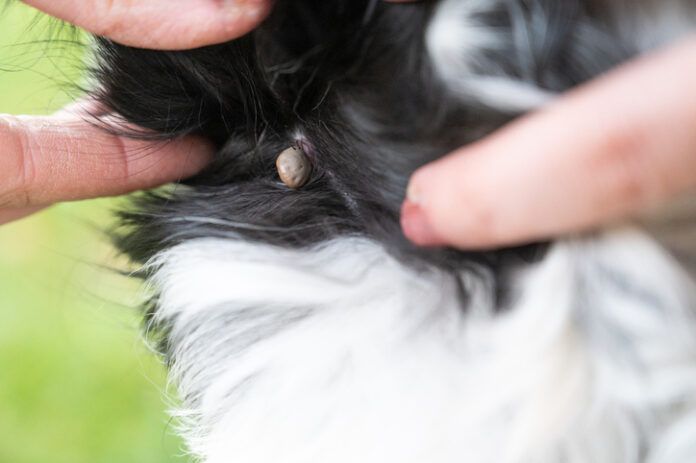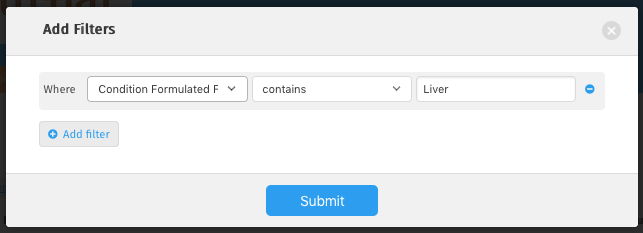Brachycephalic dog breeds, while incredibly cute, are the result of repeated passing on of genetic defects of the bones of the face and skull. While these anatomical defects create the cuteness we can’t resist, they also cause a multitude of problems. Owners and potential adopters of flat-faced dogs should be aware of the most prevalent anatomical problems suffered by these dogs and what extra care is required to keep them alive and well.
- Affenpinscher
- Boston Terrier
- Boxer
- Brussels Griffon
- Bullmastiff
- Cane Corso
- Cavalier King Charles Spaniel
- Chinese Shar Pei
- Chow Chow
- Dogue de Bordeaux
- English Bulldog
- English Toy Spaniel
- French Bulldog
- Japanese Chin
- Lhasa Apso
- Pekingese
Brachycephalic Obstructive Airway Syndrome (BOAS)
The most dire problems suffered by brachycephalic dogs are breathing issues. While the bony structures of the skull became shorter with breeding that selected for increasingly flat-faced dogs, the soft tissue structures inside did not – so the tissue lining the airway from the nostrils to the trachea is essentially all bunched up in a shorter space. The result is partial blocking of airflow, making breathing more difficult, even at rest and even in a cool environment.
Breathing issues due to scrunched-up/pushed-in facial anatomy is so common it has a name: Brachycephalic Obstructive Airway Syndrome (BOAS). Signs of BOAS include snoring, snorting, increased respiratory effort, wheezing, gagging, heat intolerance, and exercise intolerance. The mucous membranes of severely affected dogs may turn blue and the dogs may collapse when stressed or overheated. If the brachycephalic dog is overweight, the danger of these symptoms is exponentially worse.
There are multiple places along the upper airway where obstruction can occur, starting at the nostrils, which may be collapsed or closed off (this is known as “stenotic nares”). The soft palate is frequently too long, resulting in airway obstruction. Pouches on the sides of the larynx can get sucked into the airway with each breath (everted laryngeal saccules), the entire larynx can collapse with the increased inspiratory pressure, and the dog may have prominent nasopharyngeal turbinates (little prominences whose purpose is to humidify inhaled air) that become obstructive. Many brachycephalic dogs also have narrow tracheas (tracheal hypoplasia), which is another impediment to good air flow.
Corrective surgery—which can include widening the nostrils, shortening the soft palate, and removing everted laryngeal saccules—should be considered for severely affected dogs. This involves referral to a board-certified veterinary surgeon and a veterinary hospital that offers 24-hour care. Pre-surgical diagnosis and planning may include a combination of chest x-rays, sedated laryngeal exam, and computed tomography (CT) scan. These dogs must be monitored closely after surgery, and throughout the night. While complications do occur, the prognosis is generally good, especially for dogs who are presented for surgery sooner rather than later.
Other Health Issues Common to Brachycephalic Dogs
- Heat stress. All dogs are somewhat prone to heat stress because the mechanisms they have for dissipating body heat are not very effective. When our human bodies overheat, we sweat, profusely, from all over our body surfaces. This is a highly effective way to dissipate heat quickly and continuously. The only mechanism dogs possess for dissipating heat is panting. With every breath in and out, evaporative cooling occurs as air passes over the moist tongue and upper respiratory tissues.
Panting is not an efficient system—and the brachycephalic anatomy makes it even worse, as these dogs can’t move enough air with each breath for effective cooling to occur.
- Gastrointestinal issues. The brachycephalic dog’s structural abnormalities extend beyond their faces. Their upper stomach sphincter is often weak, resulting in frequent regurgitating, vomiting, gastroesophageal reflux, and esophagitis. The outlet to the stomach is frequently thick (pyloric stenosis), resulting in delayed gastric emptying and vomiting. Studies have shown gastritis is common in brachycephalic breeds. Hiatal hernias (where the stomach pushes through an oversized hole in the diaphragm) are another common brachycephalic abnormality.
- Dental problems. As one can imagine, there isn’t enough room in the mouths of brachycephalic dogs to have a normal number of teeth in a normal arrangement. Dental overcrowding and crooked teeth are common. This can cause a painful malocclusion (misalignment of teeth, with teeth poking into the roof of the mouth), requiring either orthodontic correction or selective tooth extraction. The overcrowding of teeth makes them prone to tartar accumulation and dental disease, too.
- Ear problems. Ear infections in brachycephalic breeds can be difficult to manage due to their very narrow ear canals. Infections frequently become chronic, and often spread to the middle ear, resulting in long-term pain and even neurologic impairment. It is not uncommon for the chronically infected brachycephalic ear to end up having surgery to remove the ear canal in its entirety, called a total ear canal ablation (TECA).
- Corneal ulcers. Brachycephalic breeds are prone to corneal ulcers, because of their very cute (but not very practical), prominent eyeballs. Their corneas are known to have decreased sensitivity, so they don’t notice as well as we would if something gets in their eye and damages it.
Additionally, the eyelids don’t always close all the way when blinking over these big eyeballs, so blinking is less effective at clearing the corneas of debris. Big nasal folds also tend to rub on the inner half of the corneas, creating chronic irritation there.
- Skin-fold infections. Speaking of nasal folds, these require careful hygienic maintenance to prevent severe dermatitis and infection, as does that cute, little, curly tail fold.
- High-risk anesthetic patients. Finally, brachycephalic breeds are a nightmare to anesthetize due to their compromised airways and associated gastric issues. If your healthy brachycephalic dog has to be anesthetized for anything, the risk assessment for him or her is automatically higher than for other dogs. These dogs should always be given preoperative anti-vomiting and stomach acid-reducing medications to minimize the chance of regurgitation or vomiting under anesthesia, which puts them at risk for aspiration pneumonia. Endotracheal intubation must be done extremely carefully, due to the possibility of tracheal hypoplasia.
The dogs must remain intubated until fully awake and aware because of their compromised airways, and they must be closely monitored, one on one, for an extended time postoperatively.
Hoping this Flat-Faced Dog Trend Reverses
In summary, brachycephalic breeds, while very cute, have been selectively bred for anatomical features that result in significant health problems and life-long discomfort and distress for them.
My hope is to see a trend toward breeding less for super flat faced dogs with bulging eyeballs and more for dogs with longer noses and less prominent eyeballs. They would breathe better, live longer, have fewer GI problems, fewer ear and eye problems and still be super cute, if you ask me.




